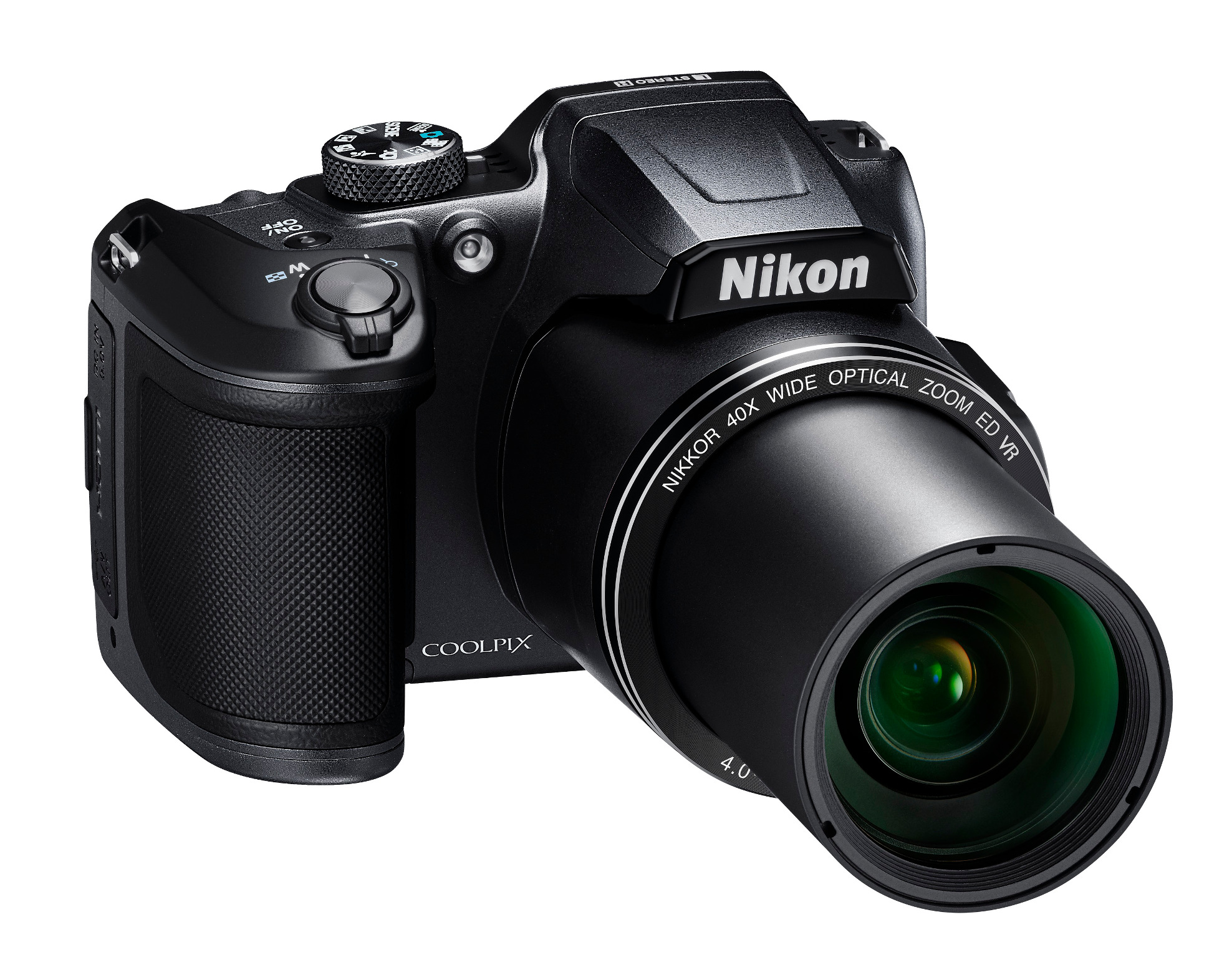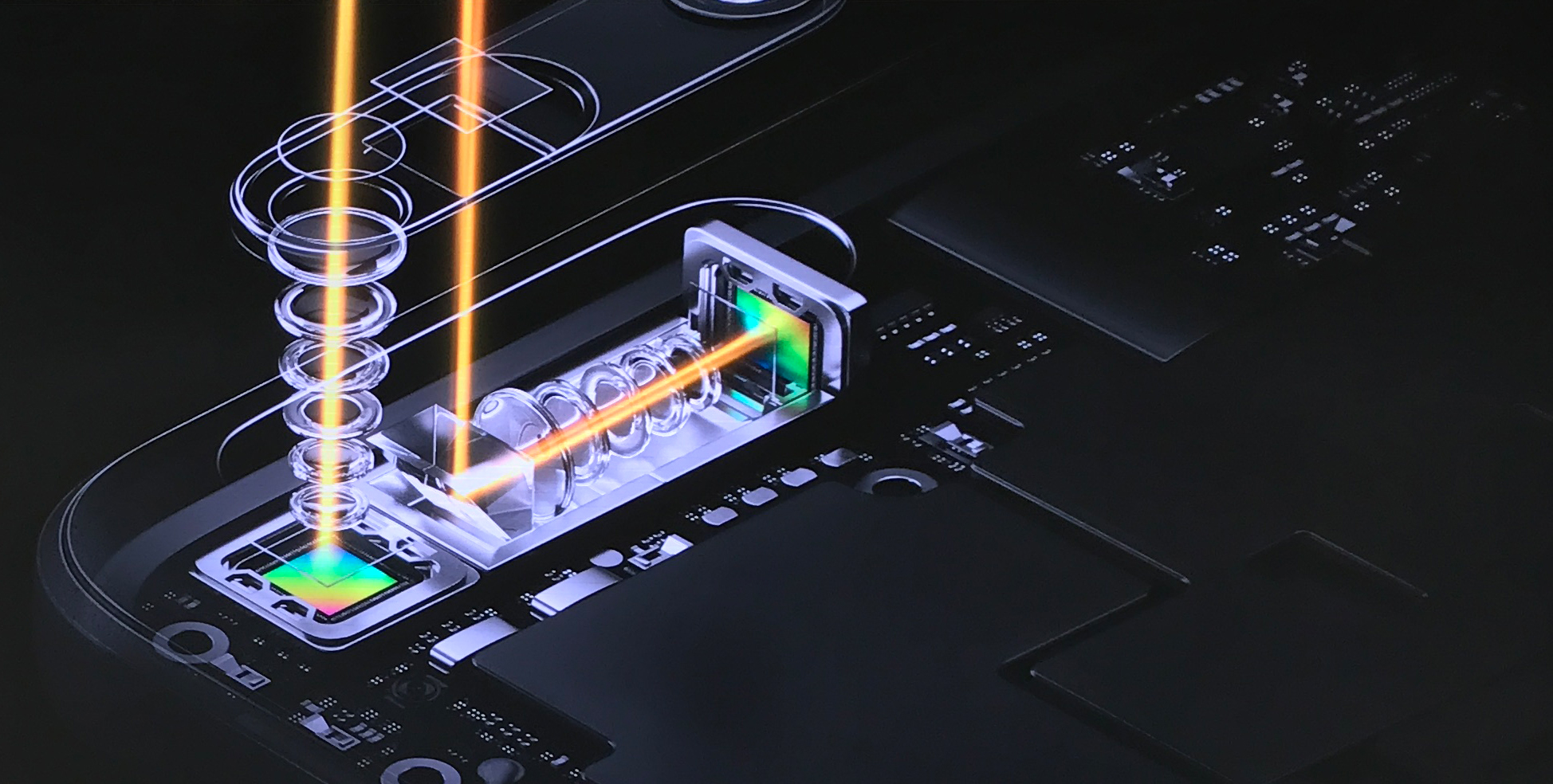Zoom on a camera can add to the pleasure of digital photography. However, many consumers are confused between optical and digital zoom. An understanding of the difference between the two zooms will help you choose the digital camera that is right for you.
- Optical Zoom: Digital Zoom: Resolution: Optical zooming allows the lens to change the prisms within, which changes the way light is transmitted—and therefore, the image you're trying to capture—when it gets to the sensors in the camera. This actually enlarges the image before taking a snapshot, so you can still get high resolution from.
- Zoom is the leader in modern enterprise video communications, with an easy, reliable cloud platform for video and audio conferencing, chat, and webinars across mobile, desktop, and room systems. Zoom Rooms is the original software-based conference room solution used around the world in board, conference, huddle, and training rooms, as well as executive offices.
Most people who have used a 35mm camera or an APS camera are aware of only optical zoom. Optical zoom uses the optics (lens) of the camera to bring the subject closer. Digital zoom is an invention of digital video cameras. It is not uncommon to see digital videocams with 300x digital zoom.

Optical zoom, on the other hand, uses a series of lenses to enlarge the subject in your exposure without digital manipulation, ensuring that whatever you're attempting to capture is limited only by the MP rating of your camera's sensor. SUNBA 25X Optical Zoom 3MP IP PoE+ Outdoor PTZ Camera, Built-in Mic High Speed Security PTZ Dome, Long Range Infrared Night Vision up to 1000ft (601-D25X) 4.1 out of 5 stars 51 $359.99 $ 359. This combination of optical and digital zoom is how smartphone cameras are able to achieve various zoom levels, such as 1.2x, 1.3x or 1.5x. The dual-camera system isn't perfect because it still has to rely on digital zoom, which will probably never be as accurate as true optical zoom.
Optical Zoom Definition

Optical zoom, on the other hand, uses a series of lenses to enlarge the subject in your exposure without digital manipulation, ensuring that whatever you're attempting to capture is limited only by the MP rating of your camera's sensor. SUNBA 25X Optical Zoom 3MP IP PoE+ Outdoor PTZ Camera, Built-in Mic High Speed Security PTZ Dome, Long Range Infrared Night Vision up to 1000ft (601-D25X) 4.1 out of 5 stars 51 $359.99 $ 359. This combination of optical and digital zoom is how smartphone cameras are able to achieve various zoom levels, such as 1.2x, 1.3x or 1.5x. The dual-camera system isn't perfect because it still has to rely on digital zoom, which will probably never be as accurate as true optical zoom.
Optical Zoom Definition
For our purpose, digital zoom is not really zoom, in the strictest definition of the term. What digital zoom does is take a central portion of the image and enlarging it, thus ‘simulating' optical zoom. In other words, the camera crops a portion of the image and then enlarges it back to size. In so doing, you lose image quality. If you've been regularly using digital zoom and wondered why your pictures did not look that great, now you know.
Is digital zoom therefore all bad? No, not at all. It's a feature that you might want in your digital camera (in fact, all digital cameras include some digital zoom, so you can't really avoid it), especially if you don't care about using (or don't know how to use) an image editing software. So, as far as digital zoom is concerned, you can do it in camera or you can do it afterwards in an image editing software. Any cropping and enlarging can be done in an image editing software, such as Photoshop.
So, when a digital camera is advertised with 3x digital zoom, no big deal. You can achieve the same 3x (and in fact as much as you want) digital zoom effect in an image editing software. The advantage of doing it later is that you can then decide exactly which portion to crop and how much to enlarge (3x, 4x, …). If you do it in camera, image quality is irreversibly lost.
Someone in a digital camera forum once mentioned that he uses digital zoom because it might mean the difference between capturing a great shot or not at all. Umm, let's think about this a bit. True, if by zooming digitally in camera you get to see what your subject is doing and thus can capture the shot at the right moment. Not quite true, if it's something like a landscape shot, and the mountains are not going to move, because you can achieve the same cropping and enlarging effect after the fact in your image editing software. So, it's really up to you, if you know what you're doing.
What, therefore is the rule of thumb, when it comes to using zoom? Here it is: Always use optical zoom. When buying a camera, choose one that warns you that you are about to use digital zoom or that allows you to disable digital zoom (most do). If you do use digital zoom, use it only if it does not appreciably impact your image quality. If you rarely print past 4×6 in. photos, the destructive effect of digital zoom may not be apparent at that small size.
When comparing cameras, you should always use optical zoom. There is no point in comparing digital zoom with digital zoom or optical zoom with total zoom (some camera manufacturers will add their digital zoom to optical zoom for a ‘total zoom' value). Always — and only — compare optical zoom with optical zoom.
Optical Zoom vs. Resolution
What about optical zoom vs. resolution? Sigh! Now you all know that we cannot and should not be comparing apples and oranges, but we still try. The megapixels resolution of a digital camera can be thought of as the number of pixels available to capture an image.
Optical Zoom Meaning
Do not compare optical zoom with megapixel resolution because optical zoom is not megapixel resolution-dependent. That is, the resolution of your final image does not change no matter how much you zoom in. If your digital camera is 15MP and has a 12x optical zoom lens with focal length of, say, 30-360mm, then at 30mm, your image is 15MP and at 360mm, it is still 15MP. With digital zoom/enlargement, the megapixel resolution decreases as you 'zoom' in digitally. Slots era download for pc gratis. If you now bring the cropped image back to the same 15MP size, then there are pixels interpolation and the resulting image suffers in quality.
We always disable digital zoom in camera, choosing to do our own cropping and enlarging in an image editing software.
Optical vs. digital zoom? There is no contest. Only optical zoom matters when selecting a digital camera.
What we are really trying to say is this: do not compare. You've got to decide what is more important to you: resolution or optical zoom? If the answer is both, then find a digital camera that has both. It's that simple. If it's outside your pocketbook range, then choose a digital camera for what is more important to you.
One important consideration with regards to resolution is important to make here: don't be fooled by the high megapixel resolution advertised for a camera. A compact digital cameras with around 6-8 MP produces perfectly beautiful images for most point-and-shooters. Go higher and overall image quality seems to get worse instead of better. It has to do with pixel density: cram too many ever tinier pixels close together onto a tiny image sensor and all kind of image quality issues come up, including the all important noise. I am here talking about compact digicams with tiny sensors (usually sized at 1/2.3-in. to 2/3-in.). The micro Four Thirds and APS-C digital cameras have much bigger sensors and the megapixel resolution can safely go as high as 24+ MP.
Smart, Safe and Intelligent Zoom
Realizing that digital zoom is not really a good thing because it negatively affects image quality, camera manufacturers have introduced a new type of digital zoom variously called 'Smart Zoom' (Sony), 'Safe Zoom' (Canon) and 'Intelligent Zoom' (Panasonic and others). Smart/Safe/Intelligent Zoom (let's collectively called them Intelligent Zoom, or iZoom for short) can be viewed as an 'ethical' digital zoom which avoids interpolating the image and so avoid degrading image quality. iZoom works only if you select an image size smaller than the full available image size. So, for example, if your digital camera is capable of producing a 12MP image, Smart Zoom is available only if you select to save your images as 7MP or less. In other words, with this particular type of digital zoom, the MP resolution decreases as you ‘zoom' — in other words you are just cropping the center of the image (without enlarging and interpolating back to the original resolution).
Say, your digital camera is 12MP and you select to save your images as 10MP. So, in effect, you are forfeiting 2MP of image data (extracted from all over the image area) that the digital camera's sensor has captured and now has to throw away [you hope the camera makes the right decision and does not throw away important image data]. Enter iZoom that says, 'Hey, instead of throwing away 2MP of good data from all over the image area, why don't I crop out all the pixels starting from the outside perimeter? When I've cropped out 2MP of image data all around, I have 10MP left over and that's what you want, right?' Notice, the 10MP image does not have to be interpolated and enlarged back to 12MP as traditional digital zoom does (because you elected to save it as 10MP, remember?). So, in effect, you've basically more or less retained the same image quality but you have to save your resulting simulated zoomed image in a smaller image size. Of course, if now you turn around and enlarge it in post-processing, you will be limited to what a 10MP image can be enlarged up to without image degradation.
I call iZoom 'ethical digital zoom' because it is not made available at full image size — this would cause image degradation. The smaller you elect to save your image, the more iZoom power you have available (folks, you're basically just cropping the image without re-enlarging, which you can also do at any time in post-processing).
Optical Zoom Lens
So, our recommendation still holds. If you want zoom power, only optical zoom matters! iZoom is the better form of digital zoom, but what you gain in simulated zoom power (again, you're just cropping), you lose in image size. There's no free lunch.
Again, don't buy a digital camera based on digital (traditional or inteligent) zoom. Always compare optical zoom with optical zoom. If you are comparing 2 digital cameras with the same optical zoom, but one has intelligent digital zoom and the other has traditional digital zoom, then the intelligent zoom has a slight advantage. But personally, I wouldn't even look at that because there are a lot more important features to differentiate the cameras.
Optical Zoom Iphone
Adobe Special Offers: Find all current special offers on Adobe products.

